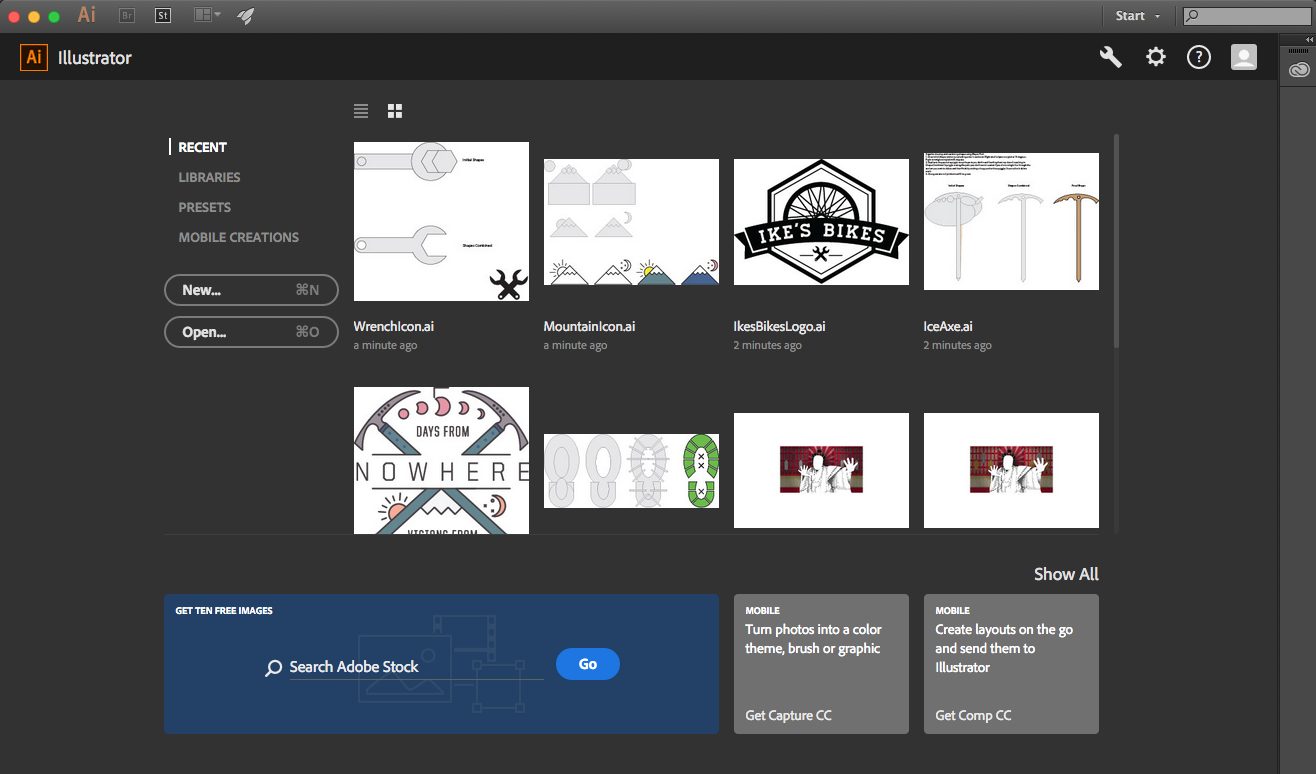

- #Macos malware years runonly avoid detection mac os x#
- #Macos malware years runonly avoid detection software#
Other malware will make themselves known indiscriminately. In fact, many, such as keyloggers, are designed to mask their presence. Not all malware will make themselves known very readily. We found varying success with each of these, including the overall benefit they provide beyond on-demand malware scanning.

We also tested on-demand scanners from the following providers: The interface is clean and efficient, and the fully-featured antivirus suite is extremely effective at not just removing nasty malware and adware, but actually preventing you from downloading them in the first place. Preferred on-demand malware scanner: Zemana AntiMalwareĪlthough Zemana missed a few of the test malware, it found all of the real malware we downloaded for the test.

Although the tool from Malwarebytes took far longer to search the file system, it did a far better job of actually finding malicious rootkits than TDSSKiller. We tested two rootkit removal tools, the popular TDSSKiller and the beta version of the Anti-Rootkit tool from Malwarebytes. Preferred Rootkit removal tool: Malwarebytes Anti-Rootkit So when you do end up contracting a virus - no virus shaming here, it happens to the best of us - your next best move is an on-demand malware remover.
#Macos malware years runonly avoid detection software#
Real-time antivirus software simply won’t cut it when it comes to stopping and removing all malware. However, note the data we listed above on the sheer number of malware out there and on how many new ones are added each year. This leads us to the obvious question: What’s the best way to remove malware? You could invest in a good real-time antivirus program. If anything, the total number of malware produced may decrease, while those that are created become increasingly more sophisticated and difficult to destroy. While the number of new malware programs entering the market fell in 2016, there’s no reason to believe that malware will completely go away anytime soon, if ever. In short, malware is almost as prevalent as regular software, with nearly 600 million known malware in existence as of 2016. You can even get it from USB flash drives you find on the sidewalk (ok, that one might be obvious). Advertisements on web pages aren’t even safe. You can get it from suspicious links in emails. You can get malware from software you download, even from seemingly safe and reputable websites. “ Malware ,” (short for malicious software ) is the broader term for any malicious program that could potentially mess with your computer. These utilities often slow down your computer, so they don’t want to promote them. They say you don’t need an antivirus because they know people hate antivirus software. Apple markets these products as virus-free.
#Macos malware years runonly avoid detection mac os x#
Mac OS X software has more high-risk vulnerabilities than all versions of Windows put together. As Bitdefender CEO Bogden Botezatu explained in a 2015 Digital Trends article: Every operating system is susceptible to viruses. You’ve also probably heard (most likely from a smarmy Mac user) that Macs don’t get viruses. Windows operating systems are running on over 90 percent of all computers currently in use, making them a larger target for cybercriminals and bored internet troublemakers. This is even truer if you’re a Windows user. If you’ve been poking around on internet-connected computers for a while, there’s a very good chance you’ve gotten at least one of the hundreds of millions of malware floating around. Let’s face it: Malware is pernicious, annoying, and quite often dangerous.


 0 kommentar(er)
0 kommentar(er)
